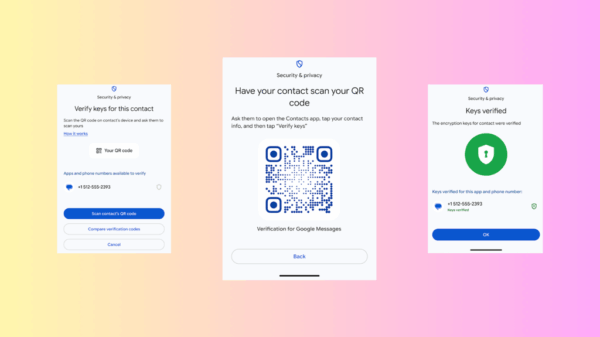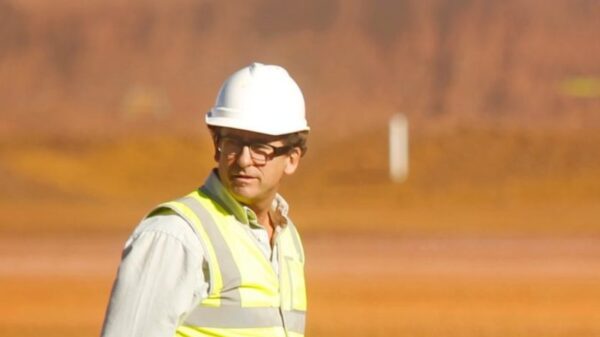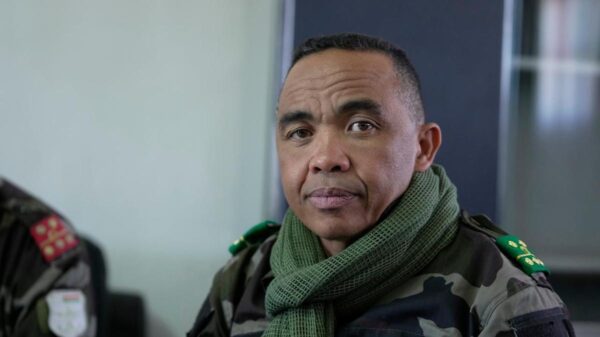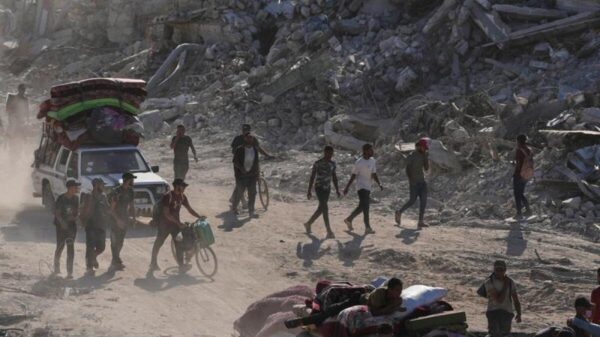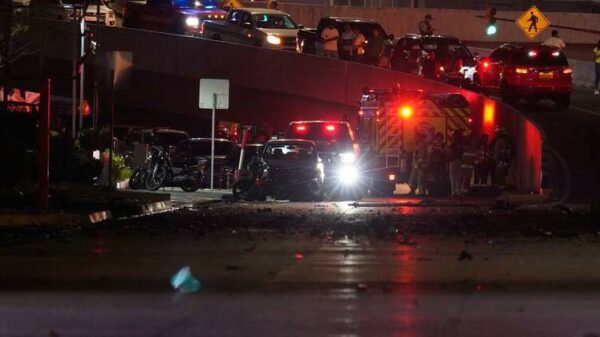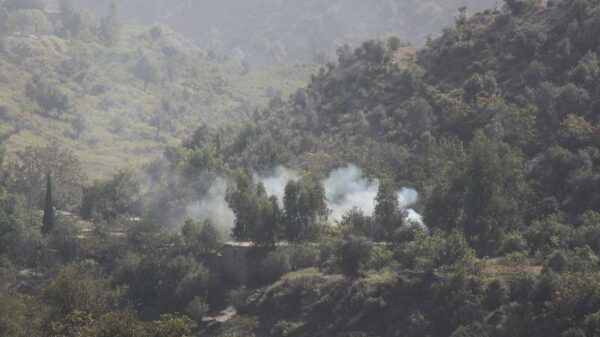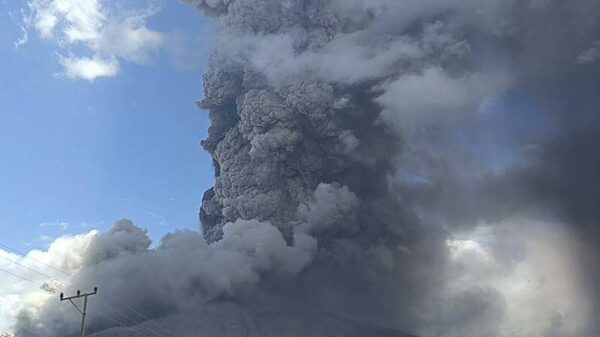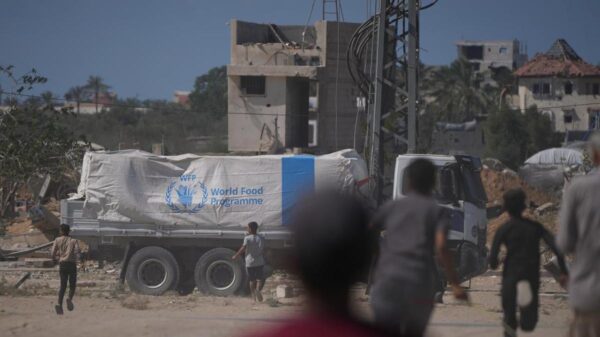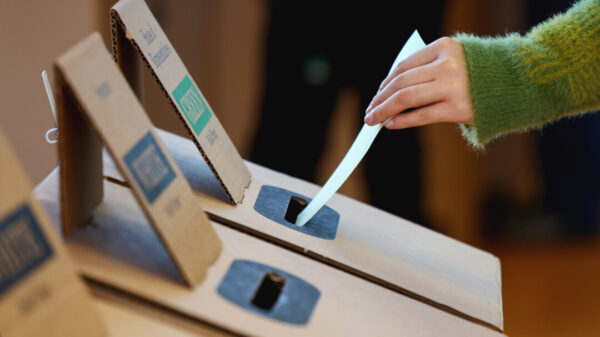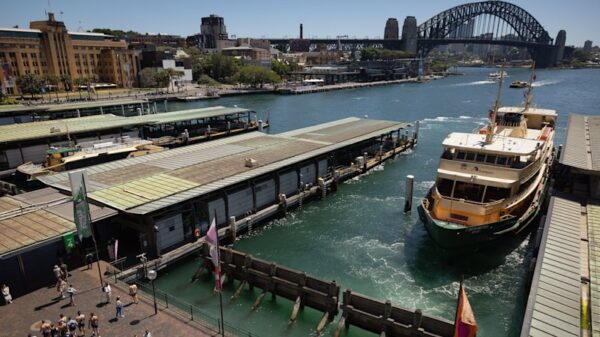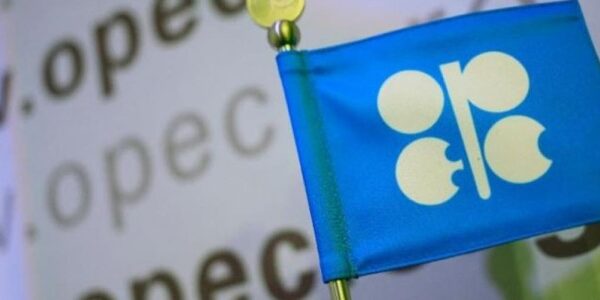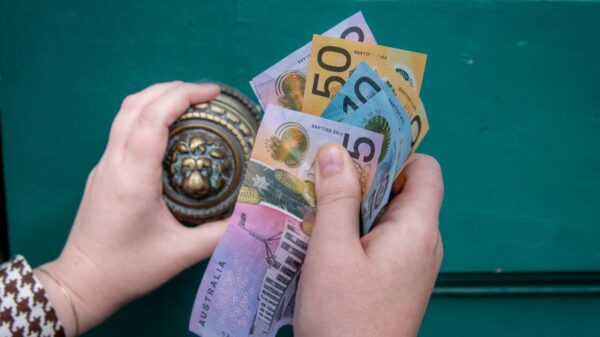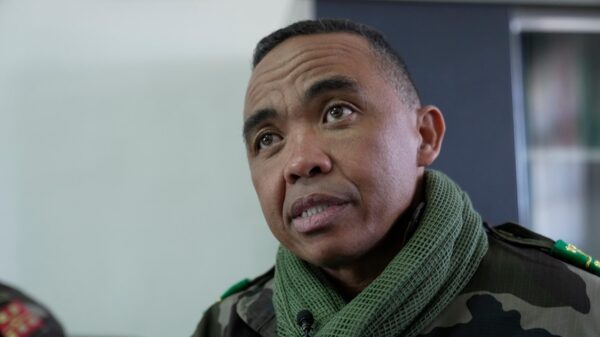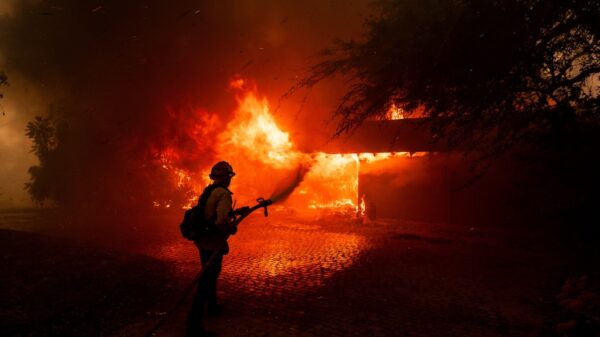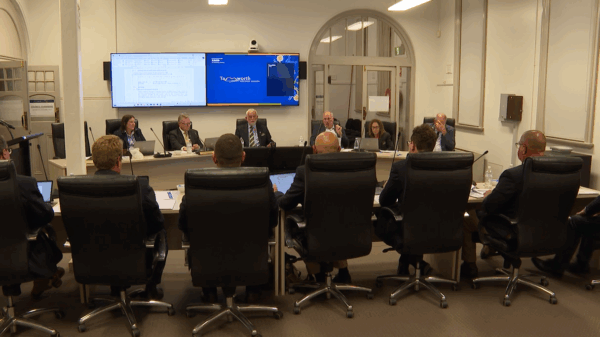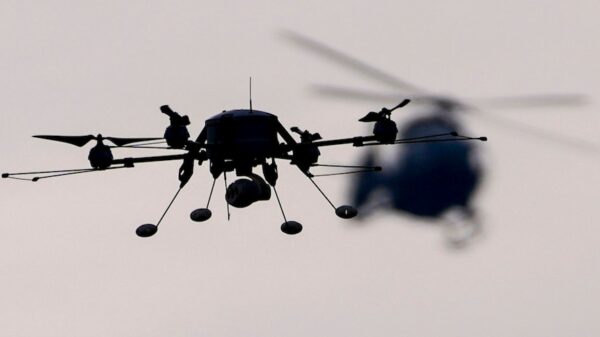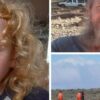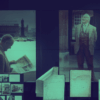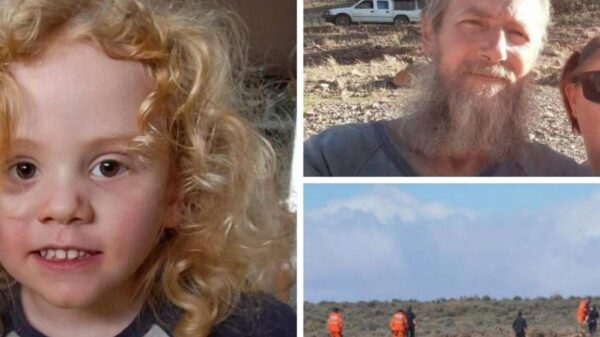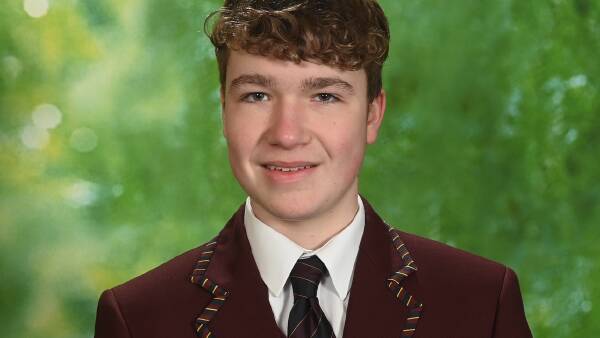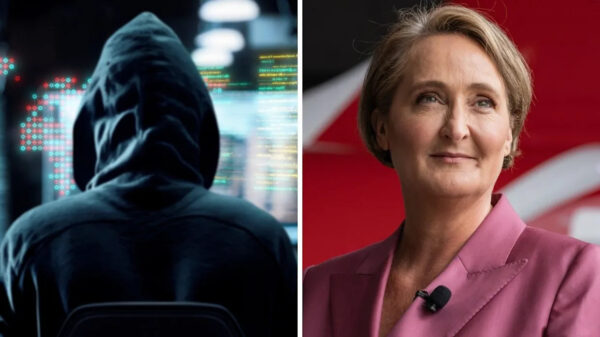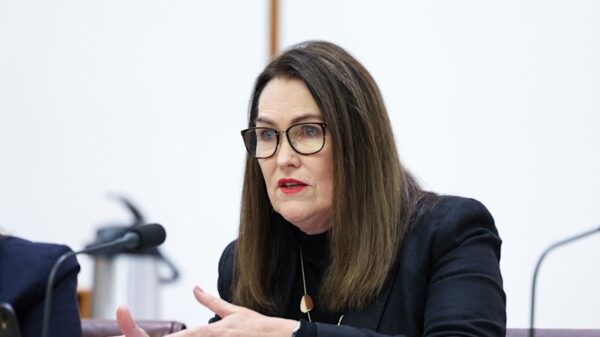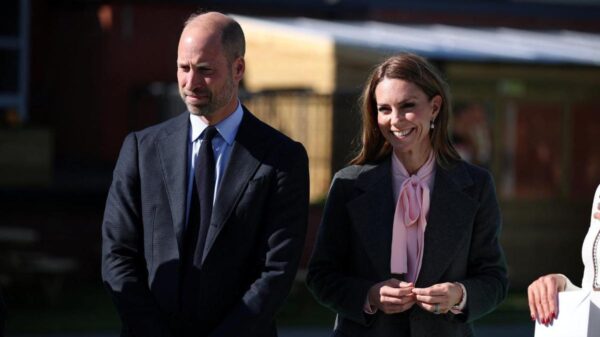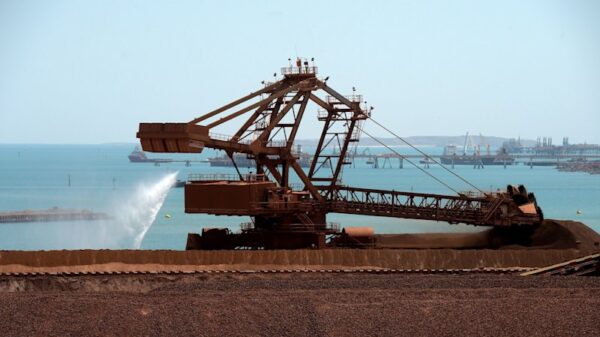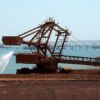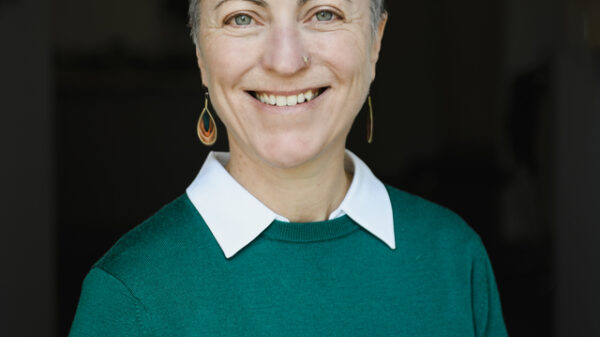Newly revealed Australian government documents have shed light on the involvement of French secret agents in the bombing of the Greenpeace vessel, the Rainbow Warrior, which occurred nearly 40 years ago. The documents, uncovered in the investigative podcast *Fallout: Spies on Norfolk Island*, provide insights into the events leading up to the incident and the subsequent actions taken by Australian authorities.
In July 1985, Alan ‘Kissard’ Buffett, then the collector of customs on Norfolk Island, observed a yacht named Ouvea moored at Cascade Bay as he approached the island by plane. Buffett immediately suspected something was amiss and sought information about the vessel and its crew. Upon inquiry, he was informed by an officer at the airport, “I smell a rat,” indicating that there was reason to be suspicious of the yacht’s occupants.
The Ouvea was chartered by four Frenchmen who claimed to be on a leisure cruise from New Zealand to New Caledonia. However, Australian officials soon received warnings suggesting that these individuals were actually agents of the French secret service, potentially linked to the bombing of the Rainbow Warrior just days before their arrival.
On the night of July 15, 1985, a coordinated operation was set in motion in which Norfolk Island’s three-man police force was authorized to monitor the French agents until New Zealand detectives arrived. The then-prime minister of Australia, Bob Hawke, approved this operation, emphasizing the need for vigilance. Dennis Murray, a federal police officer stationed on the island, recalled being given clear directives: “Make sure they don’t leave the island. Make sure they don’t get on a plane.”
Norfolk Island’s administrator at the time, former naval commodore and head of the Defence Intelligence Organisation, John Matthew, expressed concerns regarding potential armed retaliation from the French agents. He ordered the police to confiscate the dinghy belonging to the Frenchmen to prevent their escape, as it would have allowed them to reach their yacht.
As midnight approached, the decision was made to raid the motel rooms where the Frenchmen were staying. Murray described the tense atmosphere leading up to the operation, acknowledging the uncertainty of what awaited them on the other side of the doors. Ultimately, the agents cooperated with authorities, revealing their training by France’s Directorate-General for External Security, which prepared them to withstand interrogation.
The following morning, July 16, New Zealand detectives were informed that they had until 14:00 that day to gather sufficient evidence to charge the Frenchmen. This timeframe raised concerns among local law enforcement about the adequacy of the investigation, especially given the gravity of the situation. Murray empathized with his New Zealand counterparts, stating, “It’s got to be done in 24 hours or ‘stiff shit’ sort of thing.”
Although the detectives had conducted a search of the Ouvea and seized numerous documents and receipts, the tight deadline hindered their ability to build a comprehensive case. Samples taken from the yacht’s bilge indicated the presence of explosives, which required analysis in Auckland due to the lack of laboratory facilities on Norfolk Island. This information would later prove crucial in establishing a connection between the French agents and the bombing.
Despite the evidence collected, the New Zealand police ultimately determined they did not have enough to charge the Frenchmen before the deadline expired. The agents left Norfolk Island later that day, with the Ouvea reportedly vanishing from sight, believed to have been picked up by a French submarine.
Buffett expressed his ongoing confusion regarding the Australian government’s decision to impose such a strict deadline on the New Zealand police. “It did appear really short to us, really given the fact that someone was killed,” he remarked. The Rainbow Warrior bombing, which claimed the life of photographer Fernando Pereira, had sparked significant international attention and one of New Zealand’s largest police investigations.
The newly uncovered documents highlight the complexities surrounding the political dynamics of the time and raise questions about the motivations behind Australia’s actions. Despite the established evidence that French agents perpetrated the bombing using limpet mines, none of those involved faced prosecution after being allowed to depart from Norfolk Island.
As the 40th anniversary of the bombing approaches, the revelations from the podcast and the associated documents continue to add layers to an already intricate narrative surrounding the incident and its geopolitical implications.


